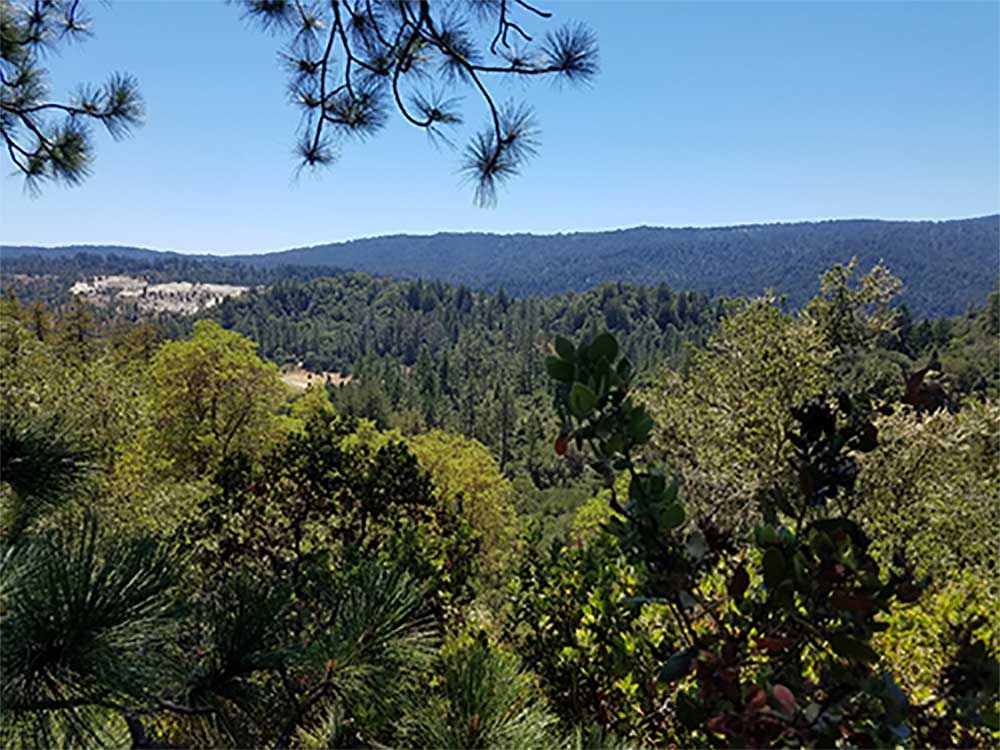Kristen Sandel
With California’s push for renewable energy sources (despite recent court rulings against Berkeley’s natural gas ban and CPUC decisions hampering rooftop solar), woody or forest biomass has become a focal industry, raising serious environmental concerns. Legislation facilitating the commercial use of forest biomass ‘waste’, and wood pellet production plants such as those proposed by Golden State Natural Resources are part of this trend, with GSNR facilities slated to be built in Tuolumne and Lassen counties and projected to consume nearly two million green tons annually (Golden State Natural Resources’ Biomass Boondoggle).
Forest biomass is not a renewable source of energy in the way that solar and wind are renewables, nor is it clean. Per unit of energy, it produces more carbon emissions than coal. Presenting woody biomass as an environmentally neutral energy source is misleading, as is its promotion as a wildfire risk reduction tool using the ‘byproducts’ of forest-thinning for energy generation. Conservationists point out that these industries are likely to stimulate more tree felling and worsen the already alarming effects of climate change.

Wood pellet production often uses whole tree trunks and energy-dense core wood, which are easier to stock in large quantities (“Waste Wood” For Bioenergy Use Is Misleading). This means logging mature, healthy trees for feedstock and causing significant ecological damage, including eroding soil with heavy equipment and logging road construction, a higher risk of windthrown trees in the remaining forest, and the suppression of healthy regrowth. Nor is it an effective form of wildfire reduction, as thinned forests are more vulnerable to wind-driven fires moving at high speed through cleared ‘wind tunnels’.
Trees burned for biomass energy immediately release all of their sequestered carbon into the atmosphere, requiring many decades of new growth to recapture, and the loss of forest carbon sequestration and storage in the interval. Transporting biomass materials by fossil-fuel vehicles for processing is another significant source of carbon emissions, as is export and shipping of the finished products. Small woody debris unsuitable for pellets may be used to power pellet-production facilities, further stripping the forest ecosystem of materials which would, if left undisturbed, decompose into new soil, retaining moisture and supplying nutrients for regrowth. Preservation of these forested areas is vital in any effort to mitigate climate change, and they should not be harvested for biomass burning.
Forest biomass energy creates a greenwashed market for harvesting trees of any size—just when we most need trees to remain in the forest. This is not sustainable energy, and it isn’t wildfire risk reduction. This is logging under another name.
Healthy forests contain diverse plant species at every stage of growth, decline and death. Such forests provide foraging and nesting sites for a wide variety of wildlife, including species that depend on dead snags and fallen trees. Competition for resources ensures a range of different-sized plants, in a constantly shifting and rebalanced cycle. All of these natural processes are degraded in a logged and replanted area. Post-logging grid monocultures, often done after herbicide application, result in a dense forest of young, less fire-resistant trees. Such unhealthy monocultures further diminish biodiversity and genetic resilience.
Post-fire salvage logging is another highly destructive process being presented as part of fire ‘recovery’. Because burned trees, whether dead or surviving, have a limited window in which they can be processed for use, there is a strong financial incentive to begin cutting very soon after a wildfire, as we saw after the 2020 CZU Lightning Complex Fire in Santa Cruz and San Mateo counties.
This means cutting logging roads and bringing heavy equipment into fire-damaged areas during the most fragile period of early recovery. Clearing destroys seeds (including serotinous species which may only release seeds post-fire, and pyrophytes like coast redwoods, adapted to survive fire and produce epicormic growth), introduces non-native invasive seeds on equipment tire treads, and removes remaining habitat for returning wildlife. Burned soil is scraped and compressed, disrupting mycorrhizal networks and soil biomes—the delicate, mutualistic and beneficial fungal systems beneath the soil surface. Sediment runoff chokes streams, kills fish and damages riparian habitat.
Promoting and subsidizing forest biomass for energy incentivizes the commercial use of forestlands for profit; fails to protect these critical, irreplaceable natural resources; and mischaracterizes biomass as an environmentally neutral, green industry.
The Climate Alliance of Santa Cruz County strongly and unequivocally opposes any use of forest materials for biomass energy production and disagrees with framing it as in any way renewable. We support and advocate more robust forest protections and a more comprehensive approach to ecosystem conservation in an era of climate change, in partnership with other environmental groups and organization.